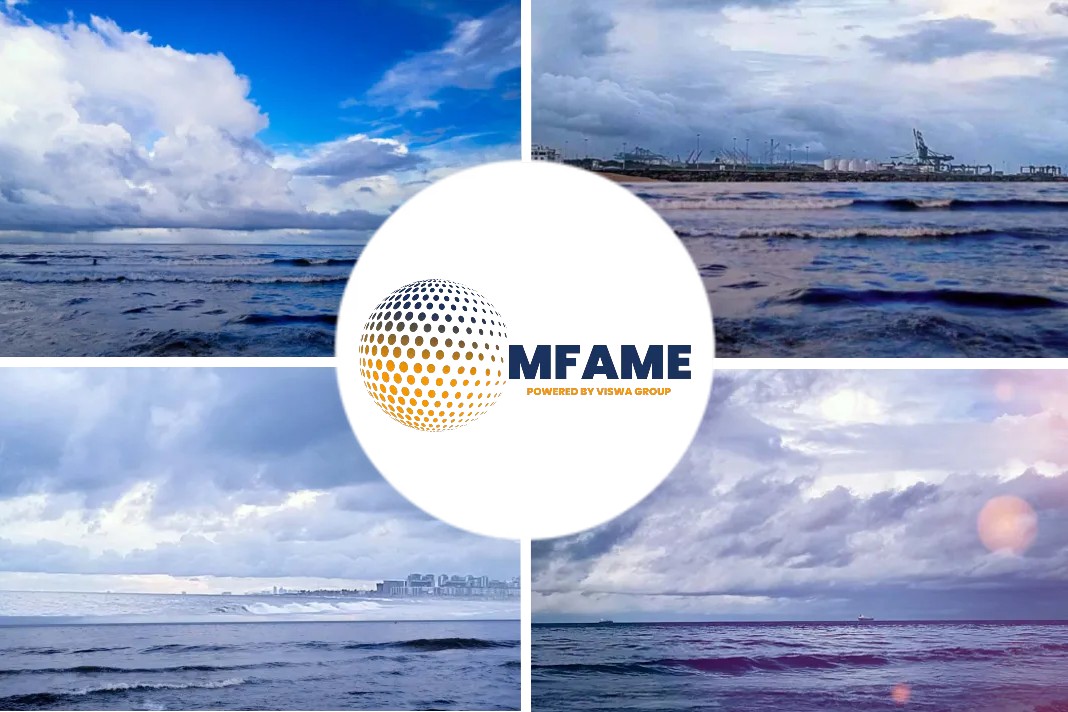
A project to build a facility described as “the world’s largest offshore wind farm” took a big step forward this month by producing its first power.
Setting Sails
The Dogger Bank Wind Farm, located in the North Sea, is in the process of becoming the world’s largest offshore wind farm.
The installation of its towering 260-meter GE Vernova Haliade-X turbines, taller than the Golden Gate Bridge, is a remarkable achievement. The specialized vessel, Voltaire, with a 3,200 metric ton lifting capacity, is crucial for installing 277 of these turbines.
Pioneering Offshore
The Voltaire, hailed as the “largest offshore jack-up installation vessel ever built,” is a critical component of the intricate Dogger Bank supply chain. Its four colossal legs, each about 130 meters long, allow it to operate in water depths up to 63 meters, making it indispensable for installing massive offshore wind turbines like GE’s Haliade-X.
In an online Q&A before installations at Dogger Bank began, Jan De Nul’s Rutger Standaert spoke of their importance. “Thanks to those legs, the Voltaire can effectively operate at a water depth of 80 meters,” Standaert, who is manager of vessel construction at the business, said.
“Off the Scottish coast, for example, expensive floating windfarms are often the only way to tap into offshore wind,” he said. “The water is too deep for fixed windfarms, but the Voltaire can offer new opportunities.”
Thinking Big
The Dogger Bank Wind Farm, comprising phases A, B, and C, will have a total capacity of 3.6 GW, powering up to six million homes. Phase D expansion is also proposed.
Its implementation involves intricate logistics for vessel installation and component transport, further complicated by next-generation turbines and vessels.
Extensive innovations, new factories, and supply chain enhancements are essential to the project’s success, with impacts spanning the entire value chain.
Bigger Challenges
“From cranes to vessels, we use a number of specially designed pieces of equipment to transport the Haliade-X turbines that will be used in this project,” a spokesperson for GE Offshore Wind said in a statement sent to CNBC.
Transport vessels for wind turbine components must accommodate segmented towers and lengthy blades. Delays, especially with blade deliveries, can lead to costly installation setbacks, emphasizing the importance of an efficient supply chain.
Bigger Picture
A robust and reliable supply chain is imperative for success. An estimated $27 billion investment by 2026 is needed to develop supply chains for 30 GW of installations annually by 2030.
Uncertainty in project funding for 2025-2027 could hinder supply chain development and factory expansion. Project continuity in the near future is crucial to ensure supply chain growth and capacity expansion for the 2030s.
Did you subscribe to our daily newsletter?
It’s Free! Click here to Subscribe!
Source: CNBC






















